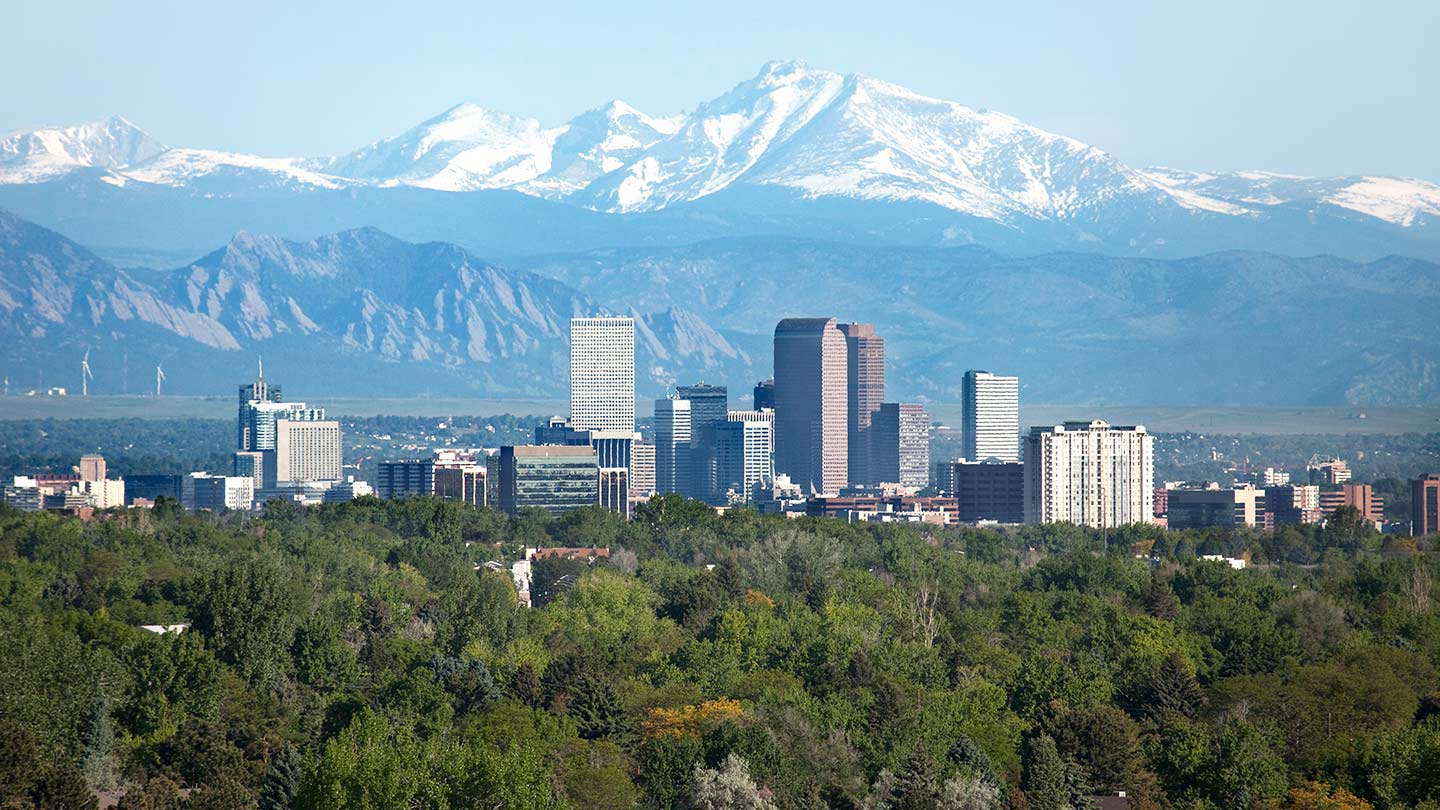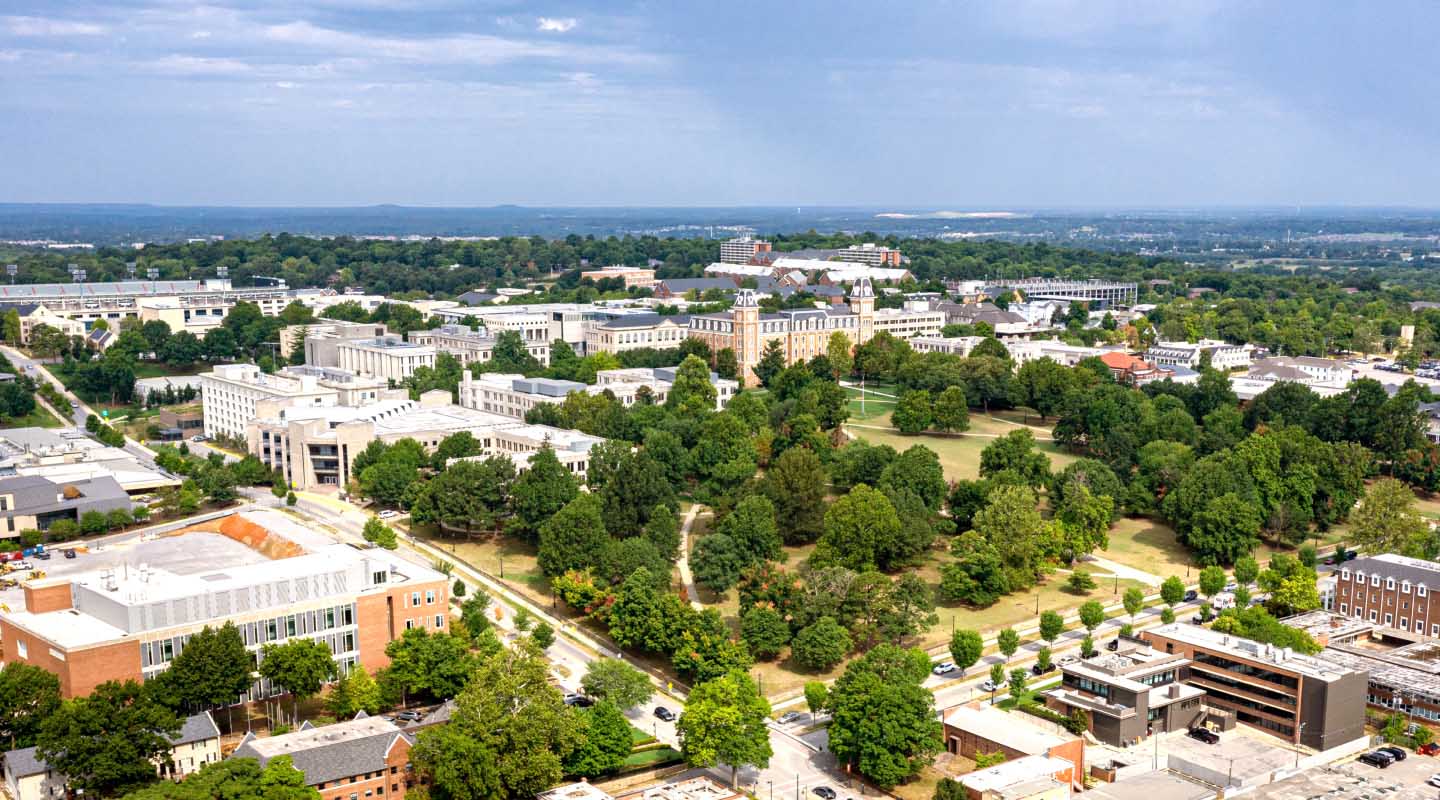From startups to legacy brands, you're making your mark. We're here to help.
-
Innovation Economy
Fueling the success of early-stage startups, venture-backed and high-growth companies.
-
Midsize Businesses
Keep your company growing with custom banking solutions for middle market businesses and specialized industries.
-
Large Corporations
Innovative banking solutions tailored to corporations and specialized industries.
-
Commercial Real Estate
Capitalize on opportunities and prepare for challenges throughout the real estate cycle.
-
Community Impact Banking
When our communities succeed, we all succeed. Local businesses, organizations and community institutions need capital, expertise and connections to thrive.
-
International Banking
Power your business' global growth and operations at every stage.
Key Links
Prepare for future growth with customized loan services, succession planning and capital for business equipment.
-
Asset Based Lending
Enhance your liquidity and gain the flexibility to capitalize on growth opportunities.
-
Equipment Financing
Maximize working capital with flexible equipment and technology financing.
-
Trade & Working Capital
Experience our market-leading supply chain finance solutions that help buyers and suppliers meet their working capital, risk mitigation and cash flow objectives.
-
Syndicated Financing
Leverage customized loan syndication services from a dedicated resource.
-
Commercial Real Estate
Capitalize on opportunities and prepare for challenges throughout the real estate cycle.
-
Employee Stock Ownership Plans
Plan for your business’s future—and your employees’ futures too—with objective advice and financing.
Key Links
Serving the world's largest corporate clients and institutional investors, we support the entire investment cycle with market-leading research, analytics, execution and investor services.
-
Institutional Investors
Putting your long-tenured investment teams on the line to earn the trust of institutional investors.
-
Markets
Direct access to market leading liquidity harnessed through world-class research, tools, data and analytics.
-
Prime Services
Helping hedge funds, asset managers and institutional investors meet the demands of a rapidly evolving market.
-
Global Research
Leveraging cutting-edge technology and innovative tools to bring clients industry-leading analysis and investment advice.
-
Securities Services Solutions
Helping institutional investors, traditional and alternative asset and fund managers, broker dealers and equity issuers meet the demands of changing markets.
Key Links
Providing investment banking solutions, including mergers and acquisitions, capital raising and risk management, for a broad range of corporations, institutions and governments.
-
Center for Carbon Transition
J.P. Morgan’s center of excellence that provides clients the data and firmwide expertise needed to navigate the challenges of transitioning to a low-carbon future.
-
Corporate Finance Advisory
Corporate Finance Advisory (“CFA”) is a global, multi-disciplinary solutions team specializing in structured M&A and capital markets. Learn more.
-
Development Finance Institution
Financing opportunities with anticipated development impact in emerging economies.
-
Sustainable Solutions
Offering ESG-related advisory and coordinating the firm's EMEA coverage of clients in emerging green economy sectors.
-
Mergers and Acquisitions
Bespoke M&A solutions on a global scale.
-
Capital Markets
Holistic coverage across capital markets.
Your partner for commerce, receivables, cross-currency, working capital, blockchain, liquidity and more.
Key Links
A uniquely elevated private banking experience shaped around you.
-
Banking
We have extensive personal and business banking resources that are fine-tuned to your specific needs.
-
Investing
We deliver tailored investing guidance and access to unique investment opportunities from world-class specialists.
-
Lending
We take a strategic approach to lending, working with you to craft the right financing solutions matched to your goals.
-
Planning
No matter where you are in your life, or how complex your needs might be, we’re ready to provide a tailored approach to helping your reach your goals.
Whether you want to invest on your own or work with an advisor to design a personalized investment strategy, we have opportunities for every investor.
-
Invest on your own
Unlimited $0 commission-free online stock, ETF and options trades with access to powerful tools to research, trade and manage your investments.
-
Work with our advisors
When you work with our advisors, you'll get a personalized financial strategy and investment portfolio built around your unique goals-backed by our industry-leading expertise.
-
Expertise for Substantial Wealth
Our Wealth Advisors & Wealth Partners leverage their experience and robust firm resources to deliver highly-personalized, comprehensive solutions across Banking, Lending, Investing, and Wealth Planning.
For Companies and Institutions
-
Commercial Banking
From startups to legacy brands, you're making your mark. We're here to help.
-
Institutional Investing
Serving the world's largest corporate clients and institutional investors, we support the entire investment cycle with market-leading research, analytics, execution and investor services.
-
Payments
Your partner for commerce, receivables, cross-currency, working capital, blockchain, liquidity and more.
-
Credit & Financing
Prepare for future growth with customized loan services, succession planning and capital for business equipment.
-
Investment Banking
Providing investment banking solutions, including mergers and acquisitions, capital raising and risk management, for a broad range of corporations, institutions and governments.
For Individuals
-
Private Bank
A uniquely elevated private banking experience shaped around you.
-
Wealth Management
Whether you want to invest on you own or work with an advisor to design a personalized investment strategy, we have opportunities for every investor.
Explore a variety of insights.
Key Links
Insights by Topic
Explore a variety of insights organized by different topics.
Key Links
Insights by Type
Explore a variety of insights organized by different types of content and media.
Key Links
We aim to be the most respected financial services firm in the world, serving corporations and individuals in more than 100 countries.
Key Links
- Insights
- Real Estate
- Affordable Housing
- Adapt, reuse, reside: Affordable housing
Businesses have made a slew of operational changes in response to the COVID-19 pandemic, like adding delivery services or outdoor space. Others have closed their storefronts. Rather than allowing properties to sit vacant, many developers have converted buildings into urgently needed affordable housing.
Properties like warehouses and schools “are typically great fits for adaptive reuse as affordable housing,” said Josh Collen, President at HRI Communities. “There are usually large windows and high ceilings that make for very nice apartments, plus other spaces such as an auditorium, gymnasium or warehouse floor that work well for community gathering and amenity space.”
 HRI Communities helped transform a former Coca-Cola bottling plant into a community for artists featuring 40 units of affordable housing.
HRI Communities helped transform a former Coca-Cola bottling plant into a community for artists featuring 40 units of affordable housing.
Bottle Art Lofts
HRI Communities is the developer behind Bottle Art Lofts in Lafayette, La. Originally a Coca-Cola bottling plant constructed in 1948, the building is now a 40-unit affordable community designed for artists. Amenities include a shared art studio, art gallery, picnic area and community garden.
$600k
permanent loan from JPMorgan Chase
40
affordable housing units occupy the current space
2018
year the building was listed on the National Register of Historic Places

Student artwork and lockers cover the hallway walls of Coolidge Park Apartments in Flint, Mich., previously Coolidge Community School.
Coolidge Park Apartments
Coolidge Park Apartments, developed by Communities First, Inc. in Flint, Mich., occupies what was once a vacant school building. While lockers and student murals still line the hallways, the classrooms are now one-, two- and three-bedroom apartments filled with sunlight from huge picture windows.
It’s not just factories and schools that developers are transforming into affordable housing. There are plenty of former hotels, churches and YMCAs that have been repurposed to provide safe, affordable housing across the U.S.
$9.4m
Construction loan from JPMorgan Chase
2011
Year Coolidge Elementary School closed
54
Mixed-income affordable rental apartments occupy the space
From hotels to permanent homes

Previously a hotel, 90 Sands St. stands 30 stories high, towering over nearby buildings in New York’s DUMBO neighborhood.
New York City’s DUMBO neighborhood is one of the most expensive in the city. However, it’s also home to affordable housing, thanks to the former hotel at 90 Sands St. that features 305 units forformerly homeless tenants and 186 units for low- to moderate-income tenants. In addition to stunning views—the 30-story building towers over its neighbors—90 Sands includes a fitness center, community room and library.
On the West Coast, Mercy Housing’s historic Capitol Park Hotel in Sacramento is no longer a dilapidated 180-room single-room occupancy hotel. It’s a soon-to-be affordable, service-enriched apartment community featuring 134 fully independent studios for the formerly homeless.
All the units will serve residents with special needs, including people who were homeless or at risk of chronic homelessness and people living with mental and physical disabilities and HIV/AIDS.
Elsewhere in California, a pair of San Diego hotels are following a similar blueprint. Together, the former Kearny Mesa and Hotel Circle extended-stay hotels provide 332 permanent housing units and supportive services for residents who experienced homelessness.
From places of worship to places to call home

The developer preserved Riverside Baptist Church’s sanctuary and education wings when constructing Cielo Place Apartments in Fort Worth, Texas.
Congregants may no longer fill Riverside Baptist Church, but the church’s sanctuary and educational wings remain intact. Using Historic Tax Credit, the developers behind Cielo Place Apartments in Fort Worth, Texas. preserved many of the building’s architectural details while transforming the house of worship into a 91-unit mixed-income housing community.
Victory Baptist Church has a similar story. The church demolished its old structure at 1001 Union Ave. in Bronx, N.Y., to make way for Victory Commons. The new building not only houses Victory Baptist, but features 94 units of affordable housing available to low-income and formerly homeless New Yorkers.
From community centers to housing communities

Residents age 55 and older occupy the Y Lofts in Kansas City, Kan., a former YMCA.
Though Y Lofts in Kansas City, Kan., and 13 State St. in Schenectady, N.Y., are more than a thousand miles apart, they have nearly identical beginnings. Both began as YMCAs, offering programming for community members of all ages. And in the late 2010s, both buildings underwent renovations to become affordable homes for locals age 55 and up.
Y Lofts features 44 units, including modern studios and one- and two-bedroom apartments, plus a resident clubhouse and fitness center. Residents have similar amenities at 13 State St., along with 61 affordable housing units that are rent- and income-restricted at 50%, 60% and 80% of the area median income.
Related insights

Real Estate
2025 multifamily market update for real estate investors
Apr 21, 2025
A local look at what multifamily real estate investors in cities across the country can expect over the rest of 2025.

Real Estate
Denver multifamily market update
Apr 16, 2025
Transactions are beginning to pick up in Denver, plus key trends for investors to watch in 2025.

Real Estate
Higher education’s role in workforce housing development
Apr 14, 2025
Find out how colleges and universities can help meet the need for workforce housing—and why it’s a win-win for institutions and their communities.

Real Estate
The impacts of inflation on commercial real estate
Apr 09, 2025
Higher inflation can increase financing and operating costs and decrease property values. But an inflationary environment does offer opportunities for commercial real estate.

Real Estate
Investing in opportunity across the heartland of America
Mar 26, 2025
Small cities and rural areas across America face hurdles accessing investment that powers opportunity. Find out how JPMorganChase is ramping up investment to help close the gap.

Real Estate
Portland multifamily market update
Mar 24, 2025
From shifting renter preferences to elevated interest rates, here are key trends for Portland real estate investors to watch in 2025.

Real Estate
What to know about tax-aware borrowing
Mar 20, 2025
Individuals can choose to take out loans in a way that may minimize their tax liability – this is called tax-aware borrowing. Learn more about it.

Real Estate
Fraud protection for commercial real estate
Mar 12, 2025
Commercial real estate payments are especially attractive to criminals. Find out how ACH Debit Block, Check Protection Services and Check Monitoring can help you prevent fraud.
You're now leaving J.P. Morgan
J.P. Morgan’s website and/or mobile terms, privacy and security policies don’t apply to the site or app you're about to visit. Please review its terms, privacy and security policies to see how they apply to you. J.P. Morgan isn’t responsible for (and doesn’t provide) any products, services or content at this third-party site or app, except for products and services that explicitly carry the J.P. Morgan name.